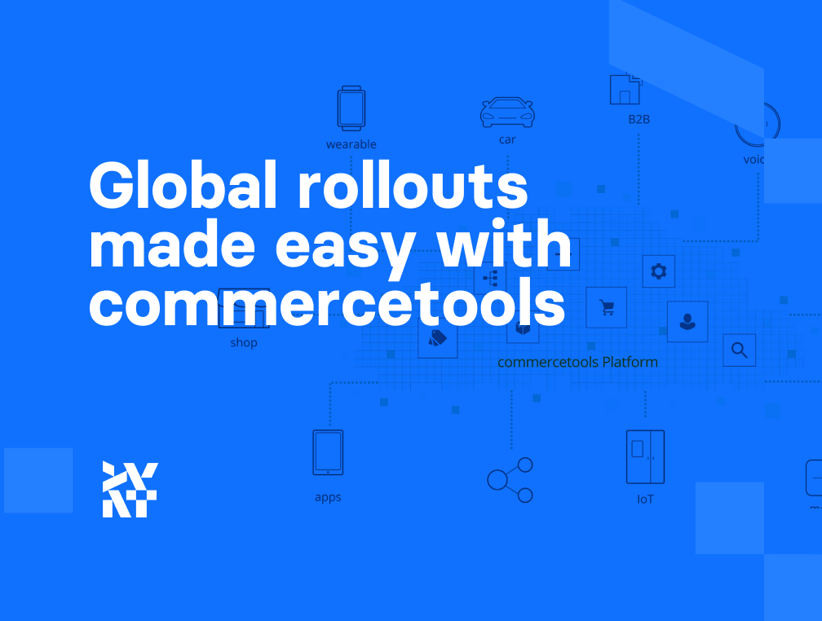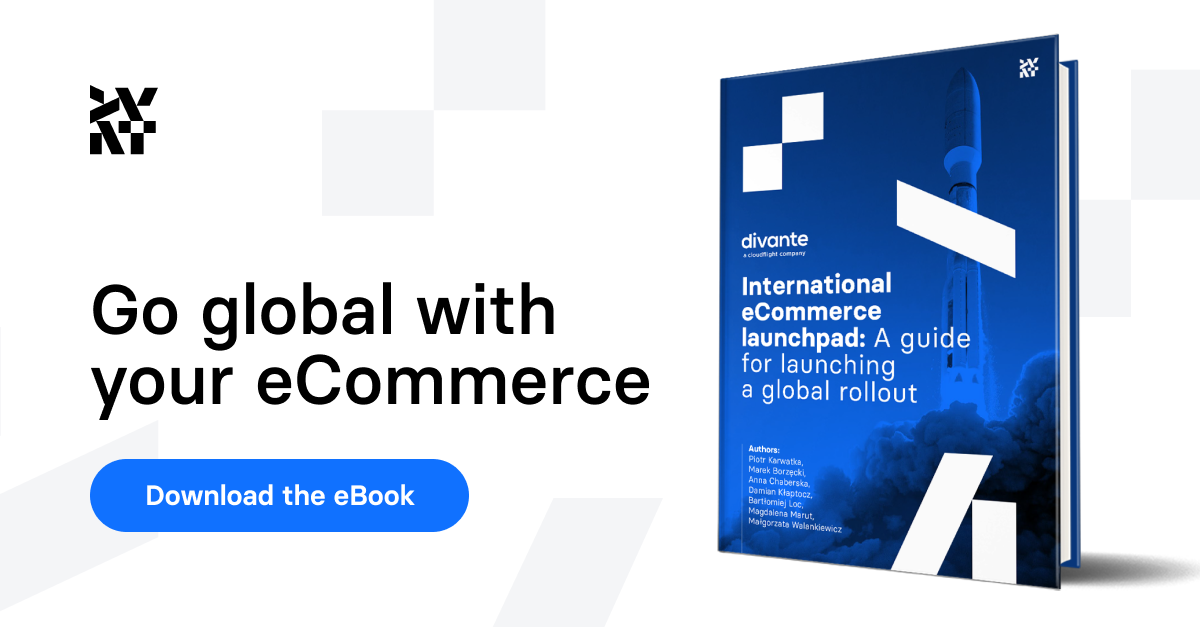commercetools is perhaps the first truly headless eCommerce platform and has been since its beginnings. In fact, the developers didn’t even bother building a downloadable piece of software, thus forcing customers to install it on their own. Instead, they created an entirely cloud-hosted eCommerce offering over 300 API endpoints that can be used to build customer experiences.
In our recent publication, Global Rollouts for eCommerce, we looked at different solutions and picked out the positive features of each, as well as some of the drawbacks of using them when taking your store global.
The book contains over 90 pages of in-depth information that is essential for any eCommerce manager or tech lead when planning or implementing rollouts. Here are some of the most important modules of the commercetools platform discussed in the book, along with additional content from our technology experts on what makes the platform a compelling choice.
commercetools Merchant Center
The commercetools Merchant Center helps you handle your most critical data and processes while keeping up with changing market conditions. Its intuitive user interface lets you manage product data, orders, and customer data for all retail channels. Additional functions, such as configurable forms and batch processing help you to quickly and easily complete your daily tasks.
PIM
commercetools has a native, advanced Product Information Management (PIM), which requires no installation or integration. Simply log into the web app and take control of your catalog data, add new attributes, bulk edit variants, and maintain all of your retail channels.
The Promotion builder interface can be used to model complex product/cart-level discounts and coupon codes. Rules can be exported in a friendly text-based format, allowing for templatized discounts to be quickly created.
Read more about commercetools extensibility features.
Discounts / pricing engine
PWA Accelerator
This integration gives you a fully-functional headless Progressive Web App based on Vue Storefront. The shop will be connected to your commercetools instance and covers all standard features of commercetools. Under the hood, Vue Storefront uses Nuxt.js that provides a best-in-class Server-Side-Rendering experience, great performance, and hundreds of ready-to-use community modules.
Read more on the commercetools accelerator
Internationalization
The creators of commercetools decided to deliver a headless, multipurpose eCommerce-as-a-service (cloud-hosted) platform. In its standard version, commercetools has very basic functionality and API with multiple options. Using commercetools API allows developers to modify the administration panel, add multiple functionalities, and integrate a headless frontend, CMS, ERP, PIM, OMS, and so on. The general idea was to deliver the core of eCommerce and give developers the possibility to create a dedicated solution tailored for their large businesses.
Country and language settings
In commercetools, each website is called a project. Each project can have multiple countries and languages available, meaning it is quite easy to set up multi-language stores with some country limitations. Translations.com, the world’s largest provider of enterprise localization services and technology solutions, is an official partner of commercetools, so you can use the integration and translation.com services to get your content and product data translated.
Channel and project management
As mentioned, the structure consists of projects, channels, and stores. Project is the most general level: this is where available countries, languages, and currencies are selected. Channels connect entities, like products or prices, to a specific source for those entities, such as a warehouse or physical retail location. Stores can be used to model, for example, physical retail locations, brand stores, or country-specific stores. They can hold carts and orders and allow limited access, for example, to orders of a specific store only. Because of the headless nature of commercetools, each project can have as many frontend designs as you need but, at the same time, there is no frontend installed out of the box.
Read more about the Order Management and Customer Management features in part of this blog, in which we will look at administration flows in commercetools.
If you want to find out more about global rollouts and compare the features of commercetools to Shopware, Magento 2, Spryker, and Salesforce Commerce Cloud, you can download the Global Rollouts for eCommerce ebook now.
Published August 24, 2020













